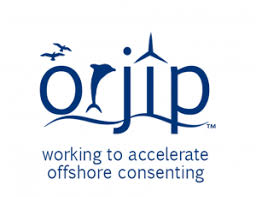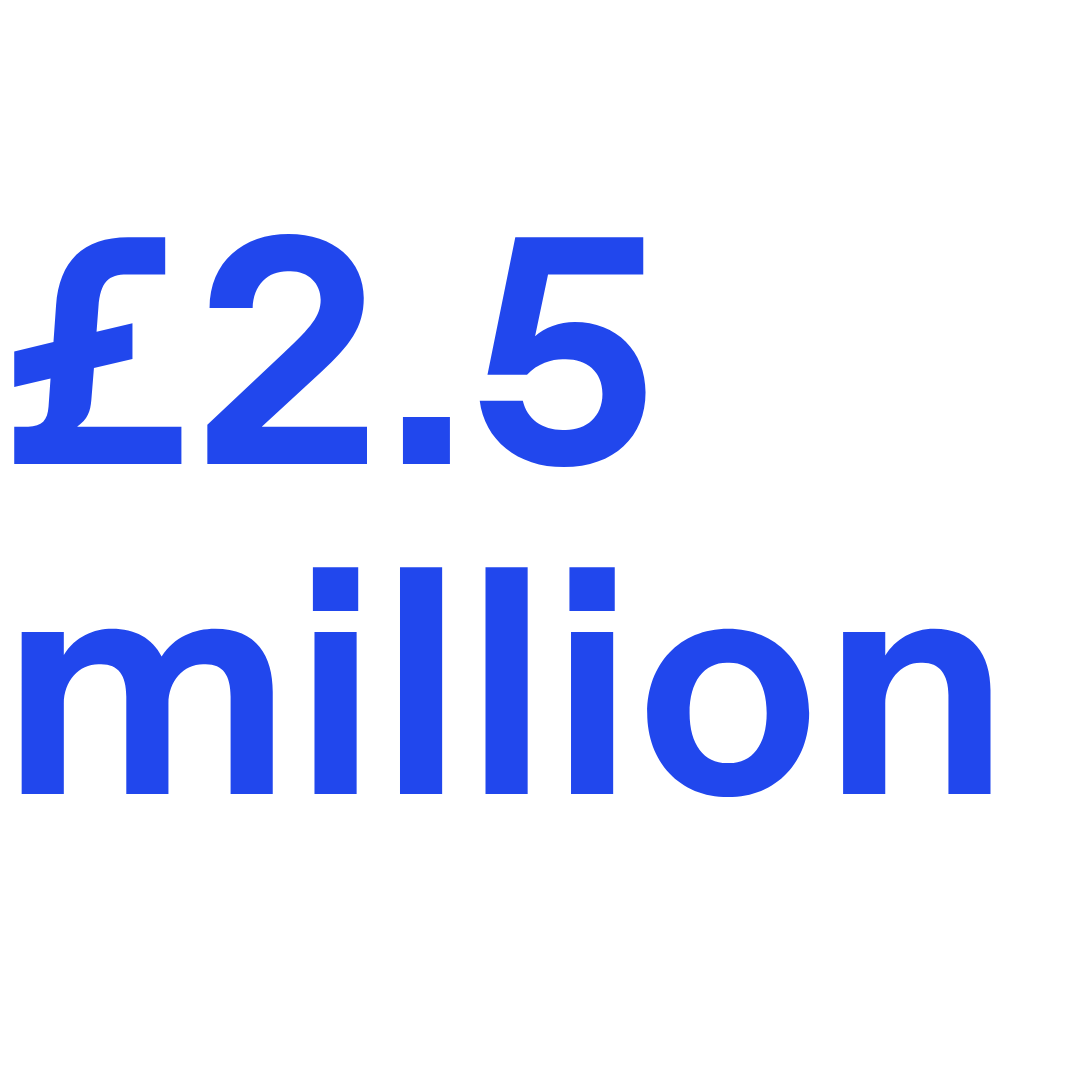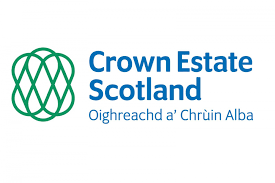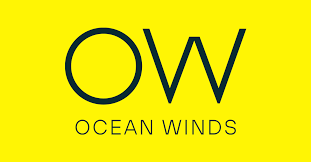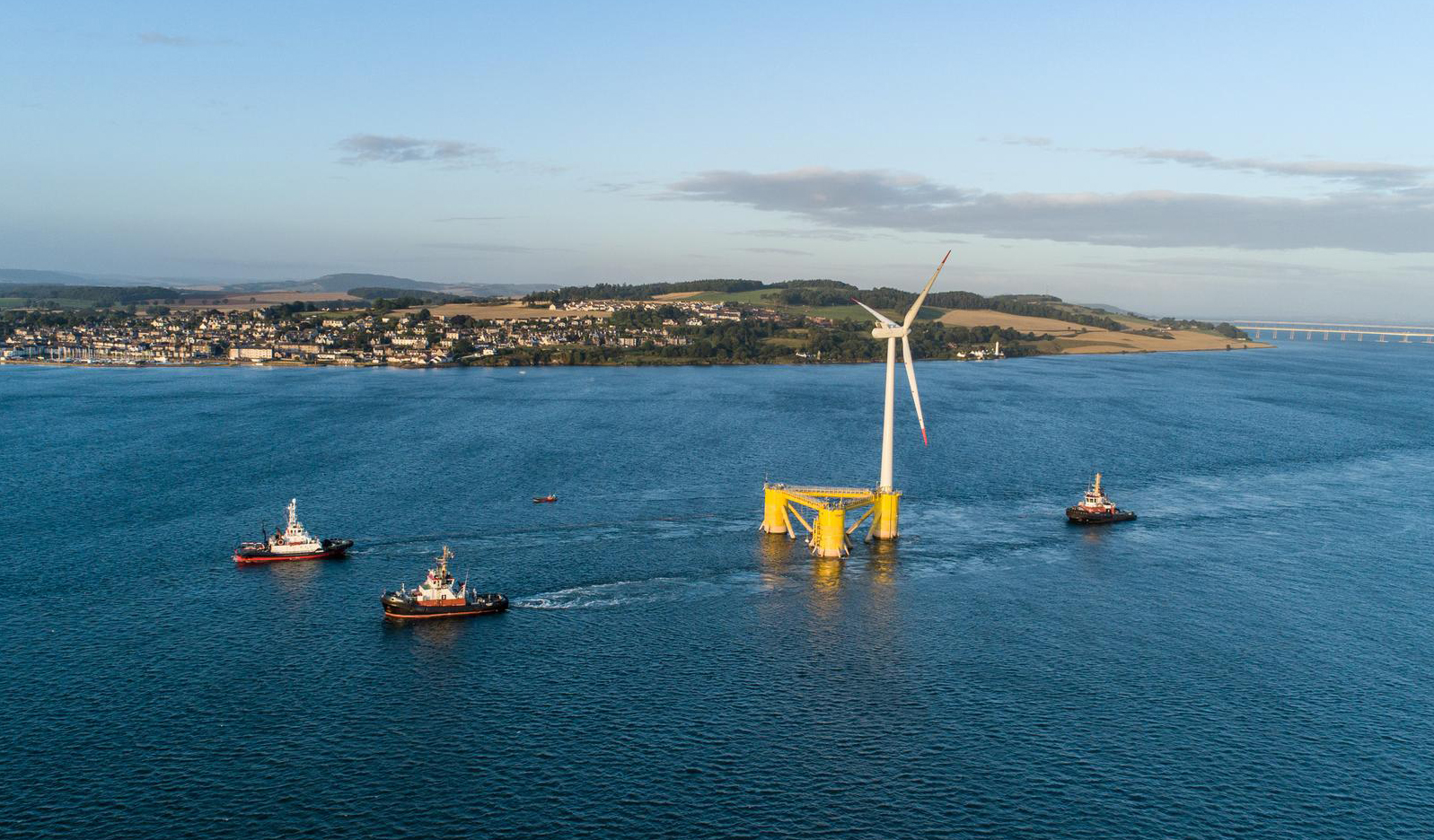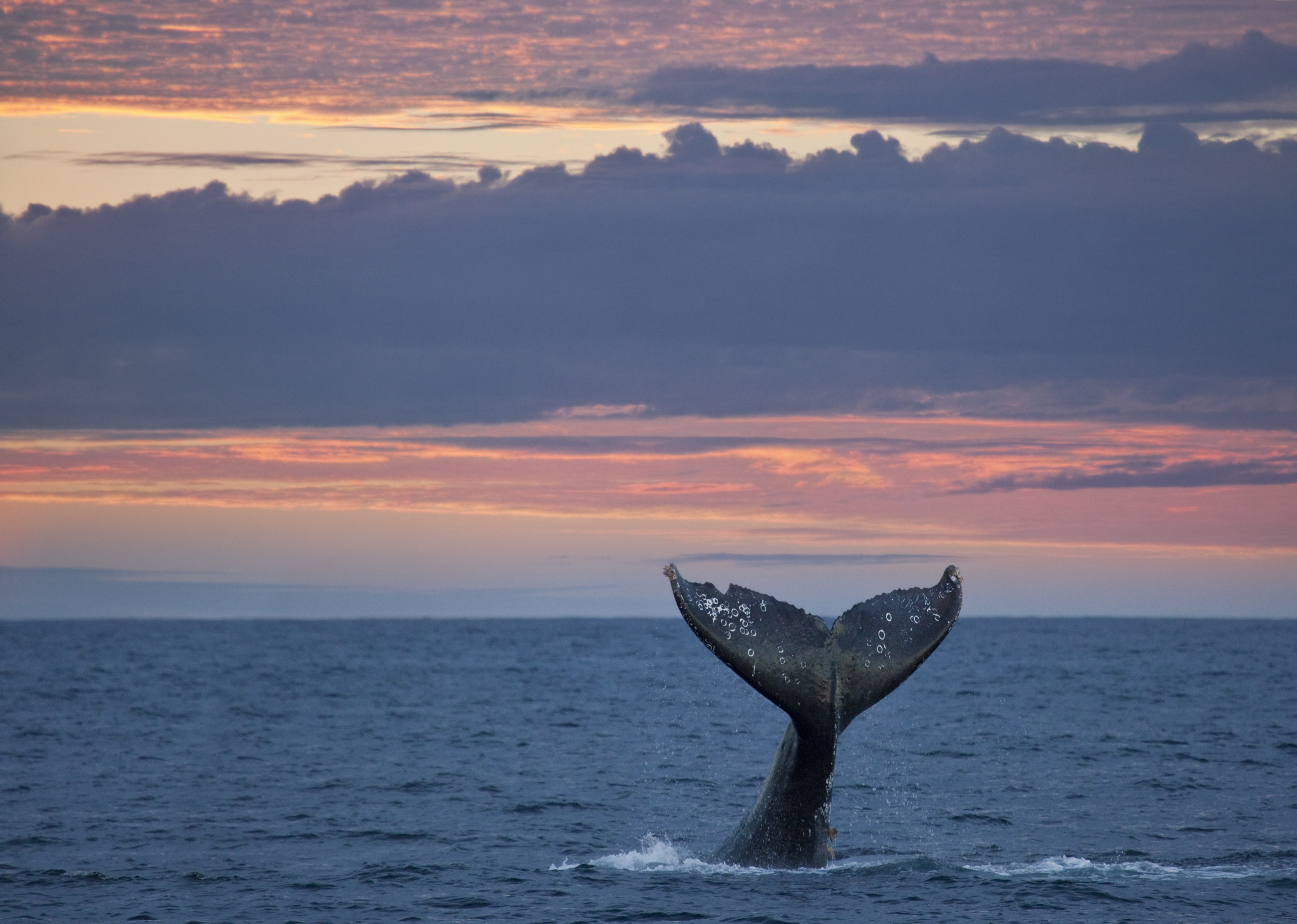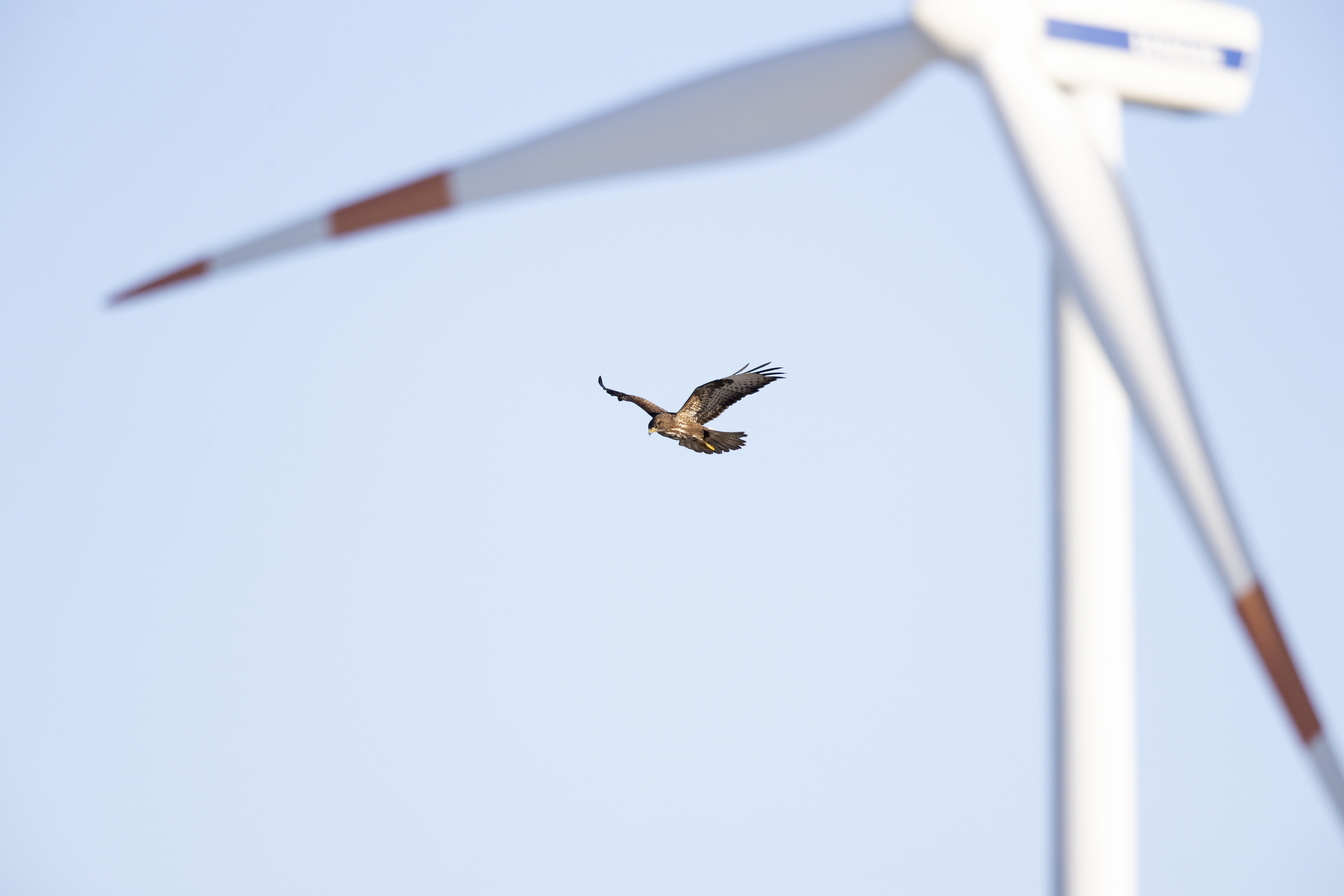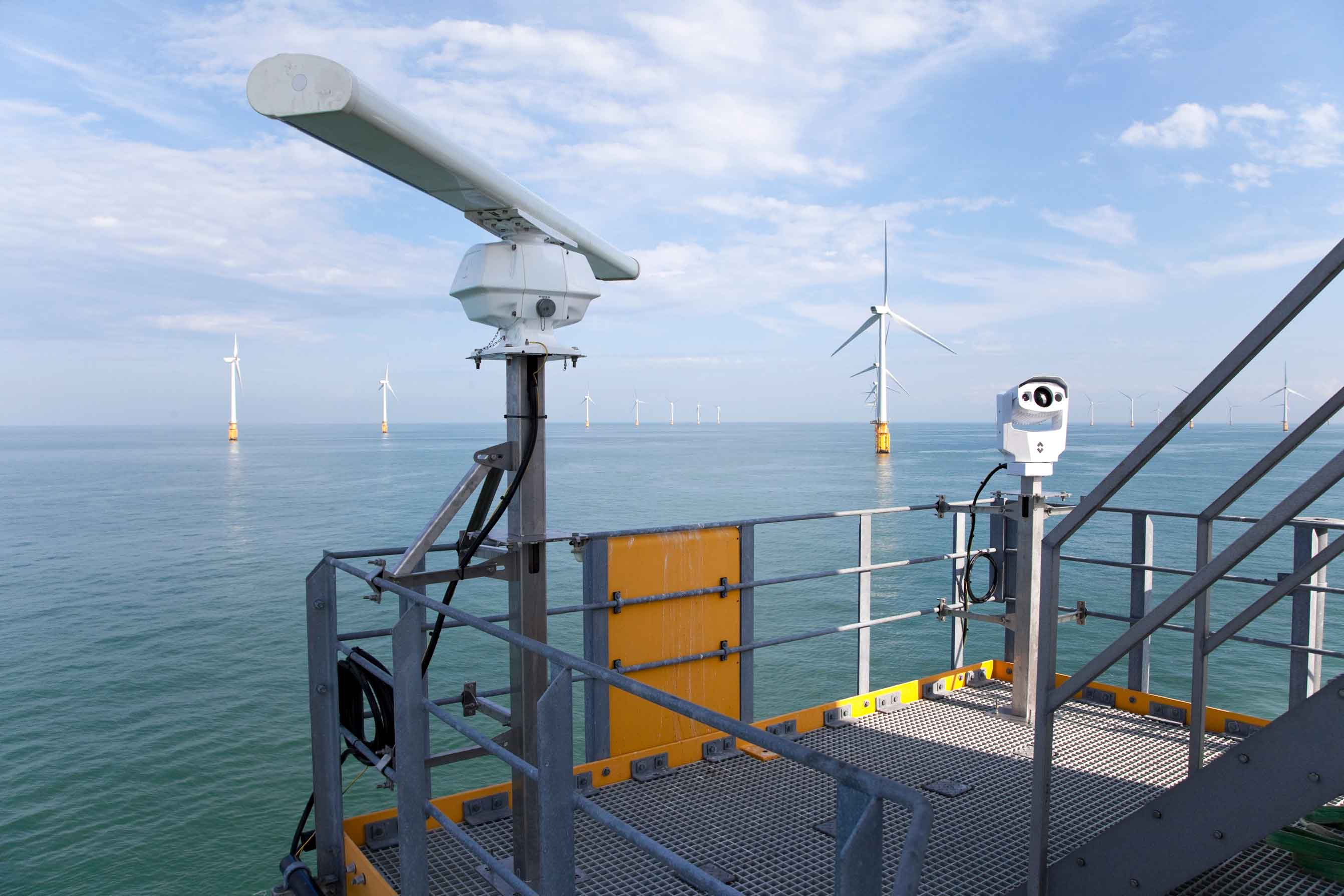
CHALLENGE
How can developers minimise planning risks around offshore wind farms?
With a target to deploy up to 50 GW of offshore wind capacity by 2030, it’s no secret that the UK’s ambition for offshore wind remains high. But behind these ambitions, developers face growing planning constraints. Seabed conditions, natural habitats and overlaps with other marine users are all important factors that need to be considered in the development of offshore wind farms. A lack of information and reliance on assumptions, however, have caused governments and industry to take a precautionary stance, leading to development delays and, in some cases, cancellations. Delays undermine progress towards secure and sustainable energy systems.
To advance offshore wind deployment, the industry must minimise environmental risks and coexist with nature and other industries. It requires comprehensive research and evidence-based arguments to find a way forward, encouraging collaboration between conservation organisations and developers.
SOLUTION
Building the evidence base to address planning risks
We believe in finding practical solutions to get offshore wind farms from the planning stage to producing energy. That is why, in 2012, we set up the Offshore Renewables Joint Industry Programme (ORJIP) with developers and funders, including The Crown Estate; a sector-wide initiative to study the impact of offshore wind farms and reduce consenting risk for offshore wind farm developments. ORJIP brings together resources from private and public sectors to fund projects that collect real-world data in order to:
- Improve understanding of the effects of offshore wind on ocean and marine wildlife
- Minimise delays and reduce cancellations of offshore wind developments due to planning consent challenges
- Avoid consent conditions that will reduce the viability of the project Working in close collaboration with local regulators and conservation bodies, we:
IMPACT
Reducing development risks for offshore wind
For over a decade, the programme and its advisors have been able to complete research on some of the key criteria for offshore wind farm development, including development across the North Sea. These include the avoidance of seabird collisions, seabird monitoring technologies and clarity on the impact of underwater noise. Although planning and environmental risks for offshore wind will vary across regions, industry programmes like ORJIP show what can be achieved when stakeholders come together to find solutions:

